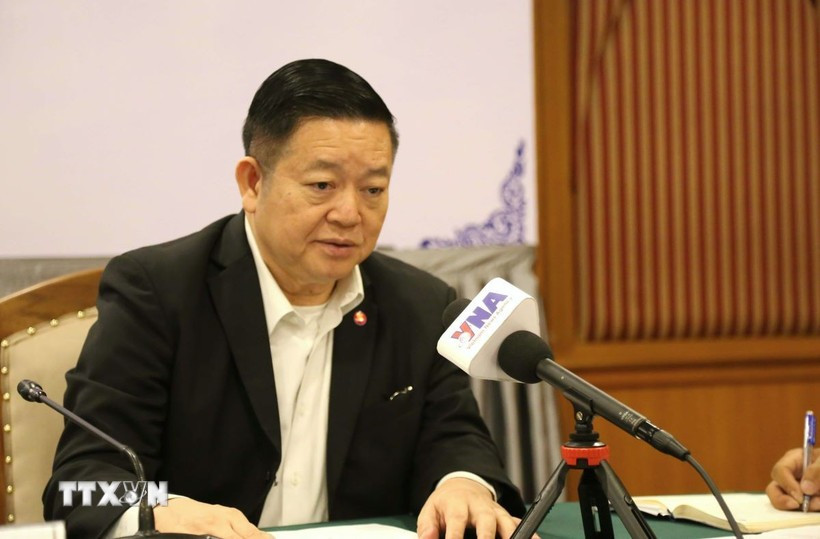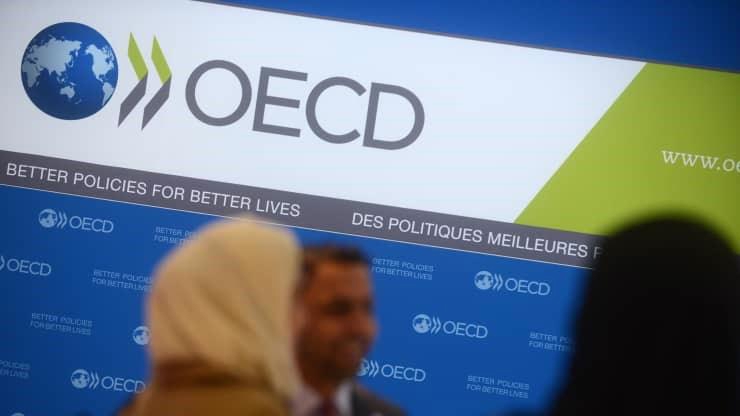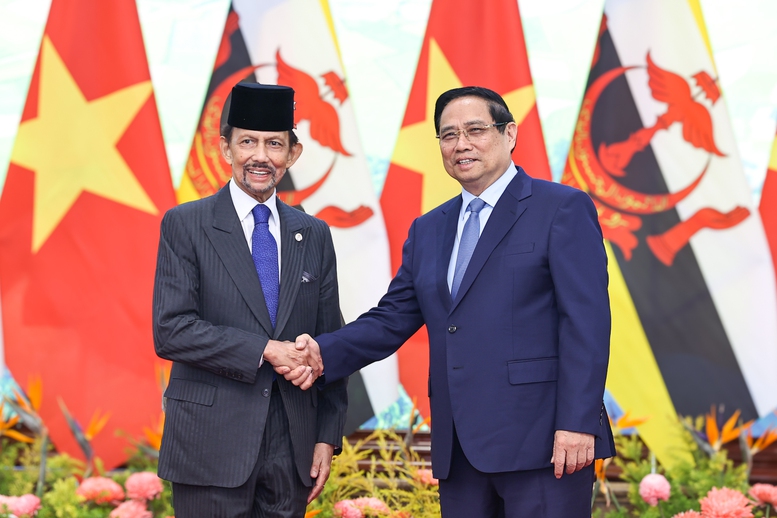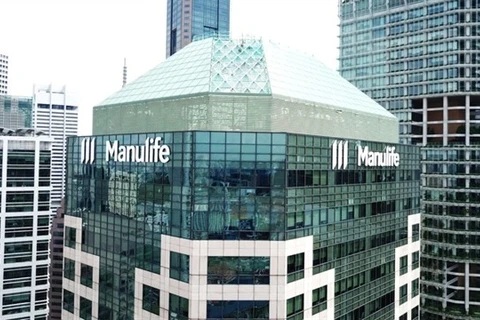FDI hits over $27 billion in first 10 months
Vietnam reported about $27.26 billion in foreign direct investment (FDI) in the first 10 months of the year, an on-year increase of 1.9 per cent, according to data from the Foreign Investment Agency (FIA) under the Ministry of Planning and Investment.
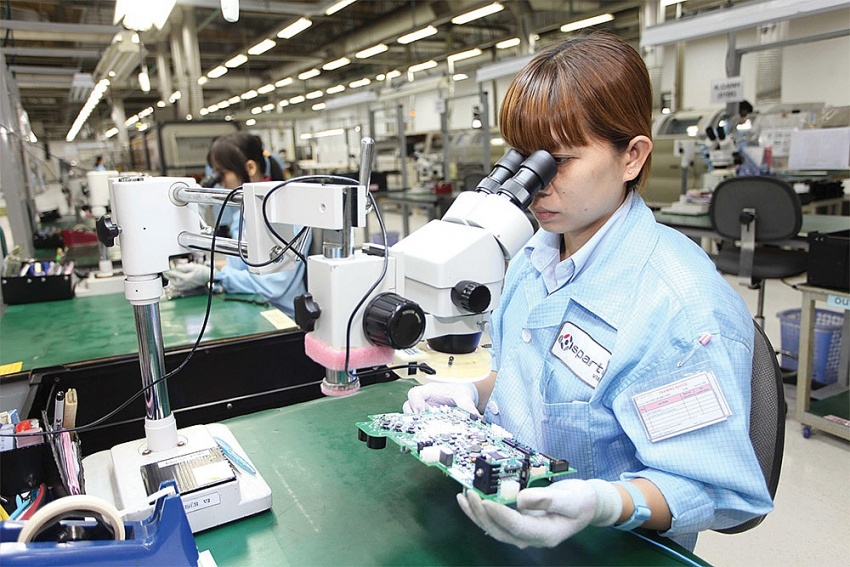
In the first 10n months of 2024, 2,743 new projects were granted investment registration certificates, with total registered capital of over $12.23 billion, up 1.4 per cent in the number of projects but down 2.5 per cent on-year in terms of capital.
The adjusted capital for 1,151 ongoing projects reached nearly $8.35 billion, up 6 per cent on-year in number, and up 41.7 per cent in capital. There were 2,669 capital contributions and share purchases valued at $3.68 billion, falling 10.4 per cent and 29 per cent, respectively.
Foreign groups invested in 18 out of the 21 economic sectors in the first seven months of the year. Among them, the manufacturing and processing industry took the lead with $12.65 billion, accounting for 70.3 per cent of the total, and a 15.7 per cent increase from a year ago.
Although still being on a positive trend, FDI reports show some signs of slowing down. In the first 10 months, total registered FDI increased by only 1.9 per cent, down 9.7 percentage points on-month.
Particularly, newly registered FDI decreased by 2.5 per cent after strong growth months. The number of newly registered projects also increased slightly by 1.4 per cent on-year. The FIA explained that new projects in October were small in scale, with only a few projects over $100 million. Meanwhile, in October 2023, there were three projects orth $500 million-$1.5 billion.
Investment in capital contributions and share purchases is continuously decreasing, while adjusted investment in the 10 months maintained a strong increase (41.7 per cent).
Additionally, disbursed FDI reached about $19.58 billion, up 8.8 per cent on-year.
FDI poured into 18 sectors in the first 10 months. Processing and manufacturing led with $17.1 billion, accounting for 62.6 per cent of the total, but down 13.5 per cent on-year.
Real estate followed with $5.23 billion, capturing 19.2 per cent of the total and 2.4 times higher than the same period last year. This was followed by power generation and distribution, and wholesale and retail, with $1.12 billion and almost $1 billion, respectively.
Singapore was the largest foreign investor among the 106 countries and territories investing in Vietnam during the period, with nearly $7.79 billion, or 28.6 per cent. China ranked second with nearly $3.61 billion, accounting for 13.3 per cent and up 5.4 per cent on-year. It was followed by South Korea, Japan, and Hong Kong.
FDI continued to flow into cities and provinces with more advantages in infrastructure, human resources, administrative procedures, and good investment promotions. The 10 leading localities were Bac Ninh, Ho Chi Minh City, Quang Ninh, Haiphong, Ba Ria-Vung Tau, Binh Duong, Hanoi, Dong Nai, Bac Giang, and Ninh Thuan. They made up almost 80 per cent of the total number of projects and 71 per cent of the total investment in the first 10 months.
By Nguyen Huong
Source: VIR
Original link


